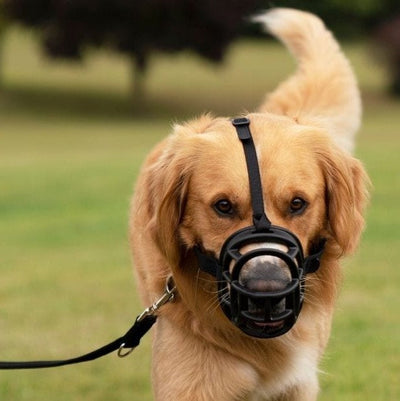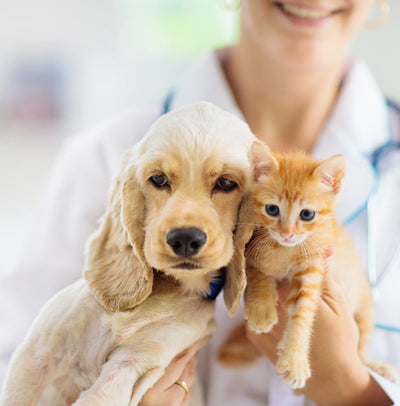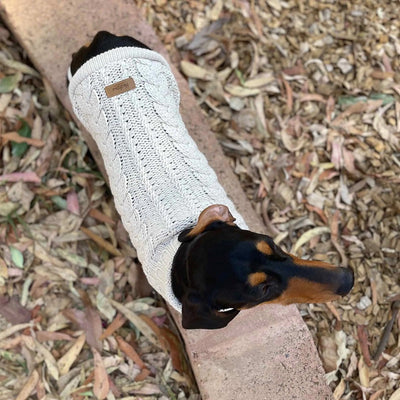Reptiles are fast becoming one of the most popular groups of pets in the world and it’s easy to see why. They don’t make any noise, take up a comparatively small amount of space and don’t need to be walked or exercised. They do have a few idiosyncrasies that take a little getting use to and if you don’t understand the reason for these then you may think that your reptile is unwell.
Mammals like ourselves, dogs and cats are warm blooded. This means that we heat up from inside out and our body tries to keep our temperature the same. That’s why we sweat in hot weather and shiver in cold weather. A lot of the food that we eat is used to carry out metabolic function and we even store fat in case food is scarce. The correct term is actually endothermic.
The first thing to remember to remember about reptiles is that like fish they are often termed as being cold blooded. In simple terms this means that they heat up from outside in and their metabolic rate is completely reliant on this. So if it’s a very hot day, reptiles and fish are very active, and looking for food so their blood would be close to the outside temperature and you could describe this as warm blooded, but as the weather cools down, they become less active, require less or no food (dependant on the species and the temperature) and move into a state known as brumation where their blood will be cool like the outside temperature. If you can’t be warm blooded and cold blooded at the same time then technically the correct term to describe this is ectothermic.
When you set up a reptile tank, you need to establish what is known as a thermal gradient in the tank. Put simply this means having a hot end and a cooler end of the enclosure. That way if the reptile wants to get warm it moves to the heated end say when it wants to digest food and if wants to get cooler, it moves closer to the cool end. The species of reptile you are keeping and where you are planning on keeping it will make a difference to how you set up its enclosure.
A good example would be if you were keeping a Jungle Python which comes from northern Australia and lives in warm humid environment. If that’s where you live, then you will need very little extra heating but if you live in the snowy mountains where its cold, you’ll needs lots of heating to the keep the temperature in the correct range.
Most of the problems that we see with reptiles are usually caused as a result of the environment that we are keeping them in. Too hot, too cold, not humid enough. Understanding the specific needs of your reptile will rectify most of the problems. An example would be if its winter and your dragon has no interest in food, then most likely the enclosure isn’t warm enough and simply doesn’t need to eat. Of course if you have ruled out issues with then environment in the enclosure being a factor then you seek veterinary advice.
For further information, call in & see us in the store, or email us: admin@weknowpets.com.au
4/72-76 Station St Bowral NSW 2576
PH: 024862 1175
© weknowpets 2018





